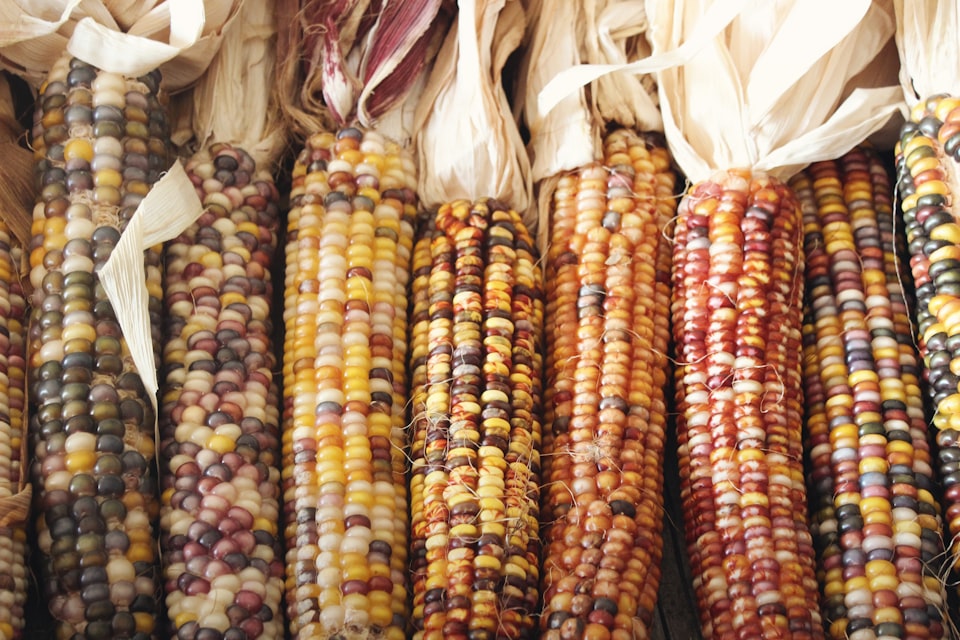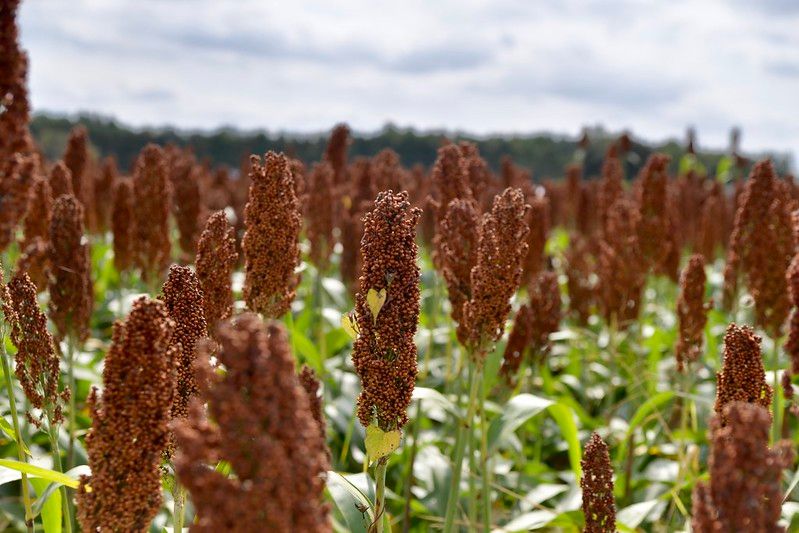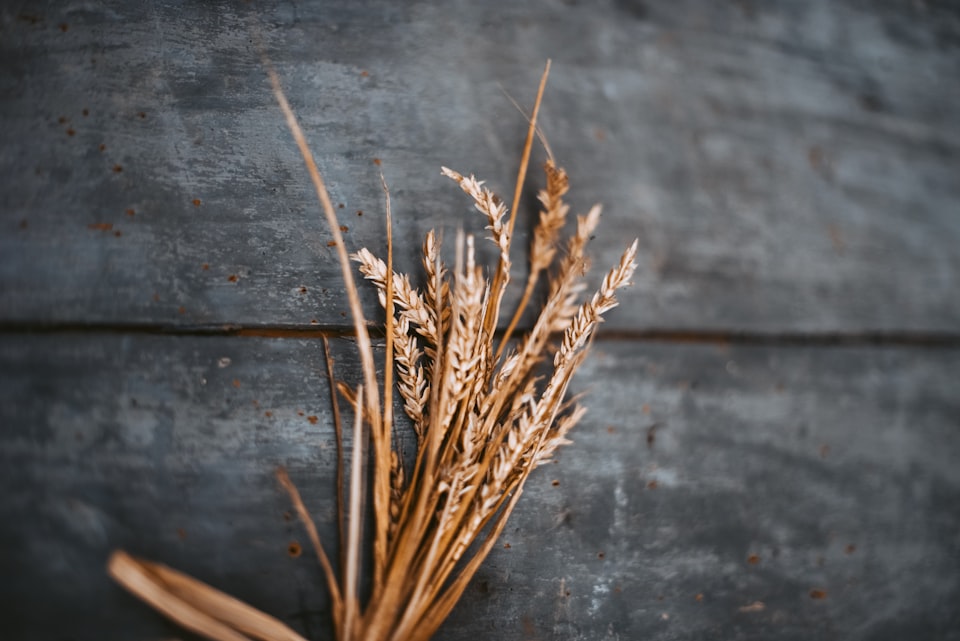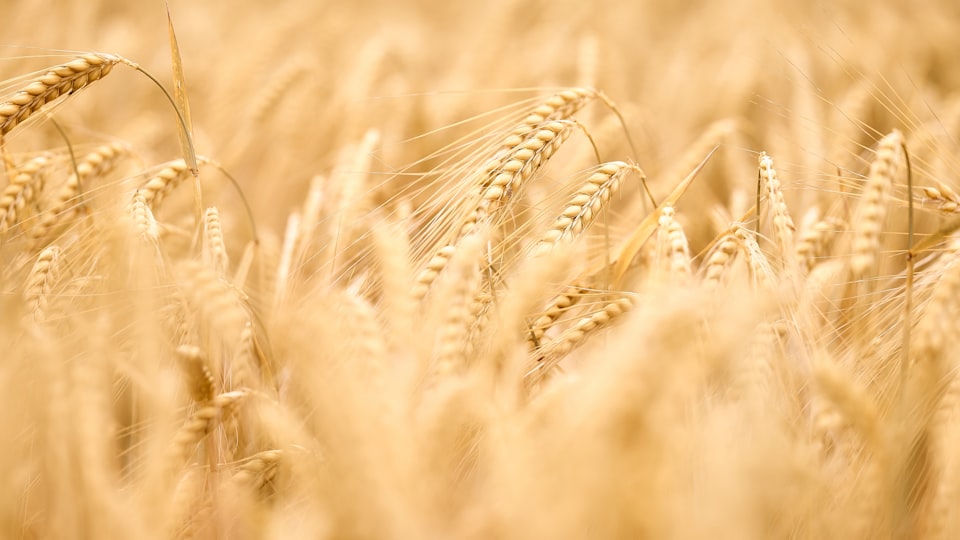I: Alfalfa
The last great gasp of the Arecebo telescope.
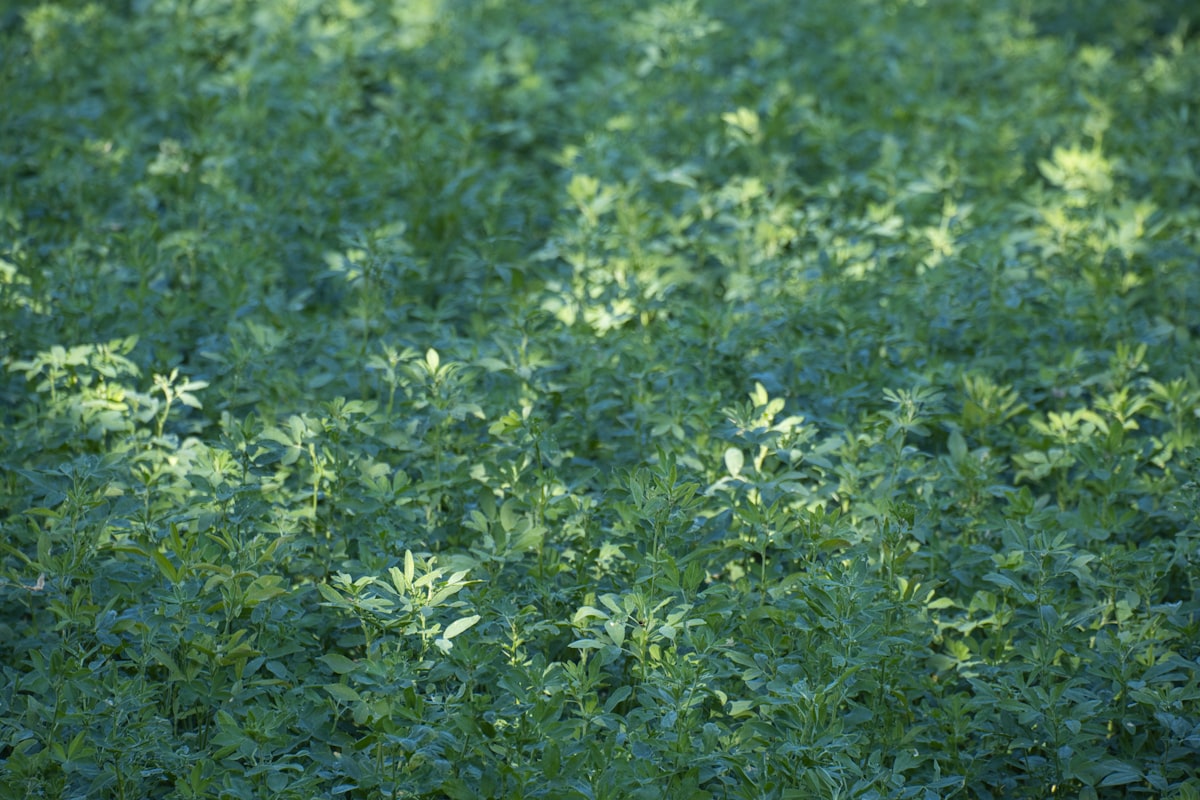
Good morning. Today is primidi, the 1st of Prairial, Year CCXXXI. Welcome to the month of grasses, grains, and open fields. Today, we celebrate la luzerne, an important grazing herb.
💡
Alfalfa is an herb that's also a bean that's also a fruit that's used as a hay. The word derives from an Arabic word meaning "horse food," and that has been the plant's primary interest in terms of cultivation throughout history. Grazing animals just love it! The plant grows lovely purple flowers when left uncut, and it's been explored as a honey-making plant, but western honeybees hate it because the stalk has evolved to tap itself on the pollinator to coat it while it's gathering, and apparently nothing else in the western honeybees diet will bonk it on the head like that, so they just go elsewhere.
There are galaxies that we cannot see. Usually, when we think about space exploration, we focus on the visible stuff – the stars, the planets, the moons, the comets, the asteroids, and anything else that emits or reflects light. But most of space is not light. The astronomy question of our time, measured by what's getting the most intense study and spawning the most competing and forward-thinking theories, is what that not-light stuff is, if it's even stuff at all.
